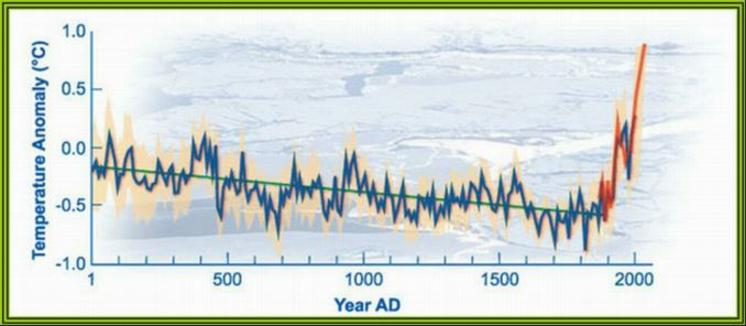FAIRBANKS — The glaciers and ice fields of Canada’s far-north islands have lost enough water over the last few summers to fill three-quarters of Illiamna Lake, Alaska’s largest. This news comes just a few years after typical melting from the same region would have only filled one quarter of the same lake each year.
“It was a massive increase between these two periods (2004 to 2006 and the record warmth of 2007 to 2009),” said glaciologist Gabriel Wolken, coauthor of a new paper in which scientists claim that glacial ice of the Canadian Arctic Archipelago contributes more to sea-level rise than any regional group of ice outside Greenland or Antarctica.
The Canadian Arctic Archipelago is a group of 94 islands east of Greenland with a land area the size of Alaska. The glaciers and ice fields of the islands cover an area about the size of New York.
The researchers experienced one of the warmest summers on record in 2008. “It got to 58 degrees Fahrenheit one day on Devon Island,” Wolken said. “That really made for some hazardous conditions in the field, with big slush flows. On days like that, you sort of get the direct picture of what’s happening there in terms of sea-level rise.”
During the period of the study, from 2004 until 2009, the melting ice of the archipelago added about 1 millimeter to world sea level. The water lost equaled 75 percent of the volume of water in Lake Erie, Gardner said. Unlike Alaska glaciers, which are more tied to precipitation and temperature as they grow and shrink, the far-north Canada glaciers are slaved to air temperatures.
“It’s a polar desert up there — there’s not much snowfall in winter,” Wolken said. “It’s really changes in air temperature that dictate what’s going on.” Record warmth in the latter period of the study led to the drastic increase in melting. “During the six years of our study, every 1-degree Celsius increase in temperature resulted in an additional 15 cubic miles of melt (each summer) from the ice cap,” Wolken said.
University of Alaska Fairbanks Geophysical Institute glaciologist Regine Hock said the results published in the Nature paper agree with a study she had published earlier this year. "The Canadian Arctic (will be) a major contributor (to sea-level rise) over the next 100 years.”
“Mass losses in the Canadian Arctic appear to have increased significantly, and this region is now an important contributor to the global sea-level budget.”
The Whole Story
Welcome to By 2100!
This Blog is designed to be a Diary of Events illustrating Global Climate Change, and where it will lead.
Commentary is encouraged, but this Blog is not intended for discussion on the Validity of Climate Change.
Category Labels
- Climate Events (85)
- Climate Solutions (45)
- Videos (42)
- Climate Statistics (39)
- The Deniers (34)
- Humour (15)
- Basic Information (5)
Subscribe to:
Post Comments (Atom)
www.know-the-number.com
Our Climate is Changing!Please download Flash Player.

No comments:
Post a Comment